What is a building’s carbon footprint? A building’s carbon footprint is the total amount of greenhouse gas emissions produced as a result of its construction, maintenance, and use, including emissions from energy use, waste, and embodied energy in building materials. It can also include emissions from transportation of people to and from the building. Measuring and reducing a building’s carbon footprint can help mitigate the impacts of climate change.|5 ways to reduce the carbon footprint of a large building.5 ways to reduce the carbon footprint of a large building.
5 ways to reduce the carbon footprint of a large building
- Energy Efficiency: Upgrade lighting, HVAC and insulation to reduce energy consumption and reduce emissions from energy production.
- Renewable Energy: Implement renewable energy systems such as solar panels, wind turbines, or geothermal systems to reduce reliance on fossil fuels.
- Water Conservation: Install low-flow toilets, showerheads, and faucets, as well as utilize rainwater harvesting and greywater systems.
- Green Transportation: Encourage alternative transportation methods such as cycling, public transportation, or car-sharing programs.
- Sustainable Procurement: Purchase products made from sustainable materials and promote waste reduction and recycling programs.
How to reduce the environmental impact of a large building
- Energy efficiency: Implement energy-saving measures such as insulation, efficient HVAC systems, and energy-efficient lighting and appliances.
- Renewable energy: Install on-site renewable energy systems such as solar panels or wind turbines to generate clean energy and reduce the building’s reliance on fossil fuels.
- Water conservation: Install low-flow fixtures and implement water-saving practices to reduce water usage.
- Sustainable materials: Use sustainable and environmentally friendly building materials, such as bamboo, recycled materials, and low-VOC (volatile organic compounds) products.
- Green roof and walls: Incorporate green roofs and walls to reduce the building’s heat island effect and improve air quality.
- Transportation: Encourage the use of public transportation, carpooling, and biking by providing amenities such as bike storage and shower facilities.
- Waste management: Implement a comprehensive waste management plan that includes recycling, composting, and reducing waste.
- Building management: Implement a building management system to monitor and optimize the building’s energy and resource use.
